Study, traumas are inherited. From parents to children and grandchildren up to the third generation
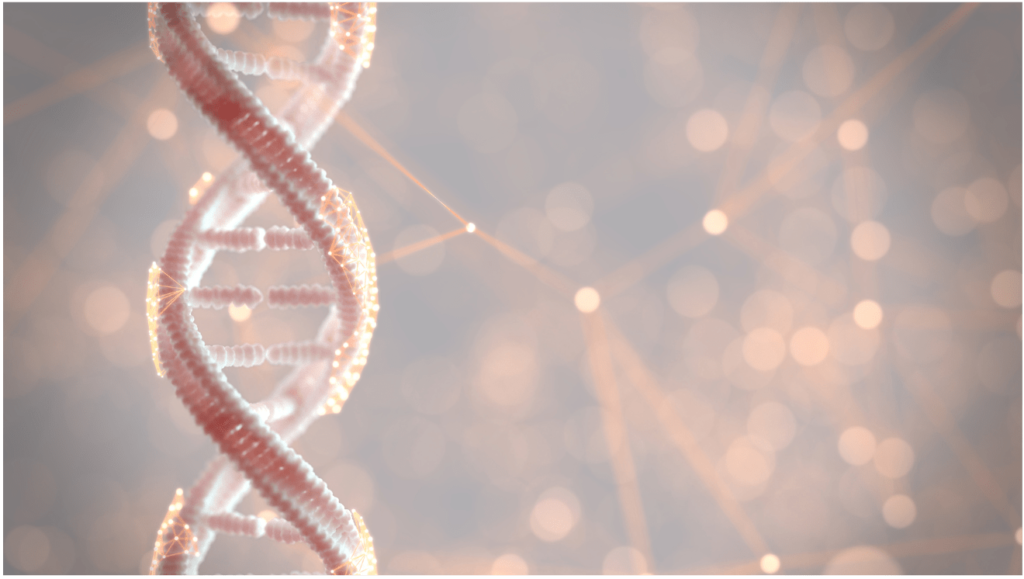
Researchers at the Brain Research Institute at the University of Zurich have managed to identify small fractions of genetic material called microRNA. These are short sequences, vehicles with which instructions to build proteins are transmitted but also preserve the memory of traumatic events. They leave indelible scars, marks that have been handed down for generations. Traumas can be hereditary, fears pass from father to son. And mark lives. These genetic transmissions have been studied in mice but probably also affect humans. The process by which traumas can be passed down to the third generation. The secret of this inheritance lies in microRNAs, genetic molecules that regulate the functioning of cells, organs and tissues. Trauma alters these ‘molecular directors’, and the defect is passed on to the offspring through gametes. To unveil a mechanism so far mysterious is a study by the University of Zurich, published in ‘Nature Neuroscience’. Coordinated by Isabelle Mansuy, researchers at the Brain Research Institute have managed to identify some key components of this process, small fractions of genetic material called microRNA. These are short sequences, the vehicles with which the instructions to build proteins are transmitted but also retain the memory of traumatic events. “There are diseases such as bipolar disorder that are passed down in the family despite not being traceable to a particular gene,” recalls Mansuy, a professor at the Swiss Federal Institute of Technology (ETH) and the University of Zurich. To identify the mechanism, they compared adult mice that had been exposed to traumatic conditions early in life with other, non-traumatized mice. Researchers studied the number and type of microRNAs in traumatized rodents and found that traumatic stress alters the amount of numerous microRNAs in the blood, brain, and sperm fluid by excess or by default. Modifications that affect the functioning of cells regulated by these mini-molecules. The researchers observed that the traumatized mice modified their behavior. For example, they lost their natural aversion to open spaces and light, and showed signs of depression. Characteristics that through the sperm were transferred to the offspring, even if the specimens of the progeny did not suffer stress or trauma. The metabolism of stressed mouse puppies also changed: insulin and blood sugar levels, for example, were lower than those of mice born to non-traumatized parents. “We were able to show for the first time – summarizes Mansuy – that traumatic experiences influence the long-term metabolism, that induced changes are hereditary” and that the effects of inherited trauma on metabolism and psychological behaviors persist until the third generation. “The imbalance of microRNAs in sperm has proven to be a key factor in passing the effects oftrauma from parent to child”. Although many questions remain open and will have to be clarified in subsequent studies, the authors point out, the conclusion is that “environmental conditioning leaves traces in the brain, organs and gametes, and through gametes these traces are transmitted to the next generation”. The Zurich team is now trying to verify whether microRNAs are also the ‘culprits’ in humans. Taken from: La Repubblica Scienze of 13.4.2014
The East through Traditional Chinese Medicine
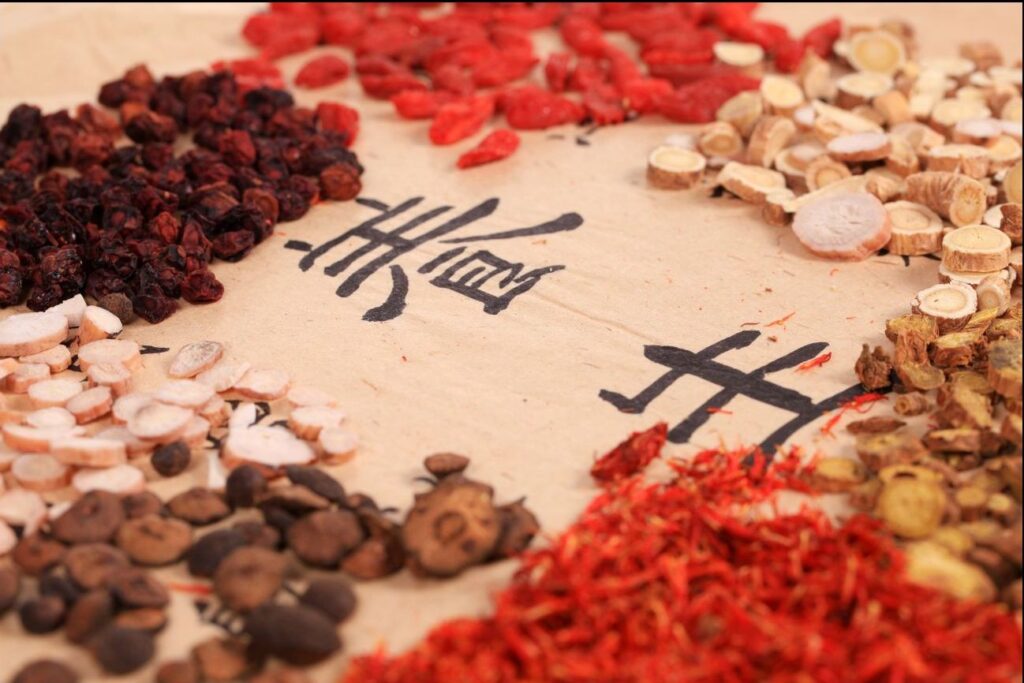
Traditional Chinese Medicine is an ancient discipline of research of health and harmony through the energy rebalancing of the body-mind. It is a medicine of the Puffs, the art of restoring the functional harmony of the exchanges between the different Puffs (energy, IQ). The object of this energetic medicine is the regulation of the constitutive and animating breaths of man within the Constitutive and animating breaths of the Universe. What has come down to us is the result of the integration and arrangement, in the course of its evolution, of the different philosophies with which it has come into contact and in particular with Taoist thought, the Confucian School and the Theory of the five elements. This tradition considers the universe as an energy field, the result of the perfect interaction of the two fundamental cosmic principles: Yin/Yang. There is a holistic, analogical vision of the human being, according to which health and well-being are the consequence of the psychological, energetic, physiological and spiritual balance of man. The observation and cataloguing of correspondences has led man over the millennia to hypothesize an exhaustive knowledge of reality where what happens in the Macrocosm (Cosmos) happens in small – by analogy – in the Microcosm (Man). Through the understanding of the cosmos, the universe and nature one arrives, for Taoism, at the understanding of oneself, at one’s own individual growth. There is no dichotomy between good / evil, right / wrong, etc.., opposites become equivalent aspects of the same reality / phenomenon, which includes them within it. The change in the observer’s point of view changes the ethical-moral value of the interpretation of each event. There are no absolute values, but only values related to the system/model taken as a reference measure. The concentration of attention must instead be directed towards the observation of nature and its manifestations, which alone allows us to recognize the characteristics of the Tao. And it is nature that suggests the idea of Yin/Yang, the constituent polarities of the Tao symbol, which represents the most important and characteristic concept of Taoism. The observation of the cyclic alternation of day and night is symbolically related to the shadowy and sunny sides of a hill, a single reality that carries both shadow and light, the universally conjoined opposites that eternally chase and alternate each other. Any physical or psychic symptom, therefore, is not a sign of a localized condition, but is a telltale sign of an imbalance in the organism as a whole. It does not follow, therefore, the tendency to dismember the individual components, in search of the ever smaller, losing sight of the purpose, the unity: Man and his psychophysical balance, immersed in the surrounding environment. Inserted in the Macrocosm, Man is also powered by the same flow of vital energy, the Qi (Breaths), which flows inside the body along the meridian network, the invisible channels that constitute the system of connection between the organs and vital functions. Qi is the product of Yin/Yang interaction and forms the basis of the world of phenomena. In the human body, Qi is the agent of movement and transformation, the principle that moves, warms and protects against external influences. On a psychological level, its free flow allows us to change state, to alternate different emotions passing from work to pleasure, from activity to rest. Health and physical well-being are therefore only the natural consequence of the harmonious circulation of Qi, while its imbalances favor the onset of diseases. Here the originality of Taoist thought is manifested: there is opposition, as nature teaches, but it is relative: darkness exists only when compared with light, and every reality is never absolute. Form is generated from formlessness, just as then form will lead to formlessness. This existence before existence, this “formless”, this unexpressed potentiality is indicated by the term Tao, literally “the Way”, the matrix of the Universe. From the dark mystery emerges something that is called “WuJi”, the “non-pole”, the embryo of an existence with still polarized and therefore not yet differentiated. That is why the symbol is an empty circle. This empty circle is filled into the TaiJi symbol, “The Great Pole.” Taiji is the differentiation present in potency, but not yet in place. It is still unity, but it contains within itself the seed of division and therefore of birth. The symbol gives the idea of a rising and falling tide, the fusion of white into black and black into white, of union in opposition and, of course, of movement. At the center of the black zone (Yin) there is a white dot, as well as in the center of the white zone (Yang) there is a black dot, to highlight how in each of the two components the germ of the other is contained, just as in the winter solstice, under the snow, the seed of the luxuriance of summer is already alive. The inscription of the two halves in a circle communicates the idea of the intimate fusion of the two aspects, which together constitute the totality of life. The Tao rotates and, by rotating, is configured in perpetual and inevitable transformation. Bibliography:Il libro della Medicina Tradizionale Cinese – Carlo Moiraghi – Fabbri EditoreElementi di Medicina Tradizionale Cinese – J. Schatz C. Larre E. Rochat De La Vallèe Edizioni Jaca BookElementi di Medicina Tradizionale Cinese – F.Bottalo Rosa Brotzu – Edizioni XeniaMedicina Cinese – Ted J. Kaptchuk – Red EdizioniMedicina Tradizionale Cinese – M. Corradin C. Di Stanislao M. Parini Casa Editrice AmbrosianaTeoria e pratica Shiatsu – Carola Beresford Cooke – ed. UTET
Health and Disease: The Five Movements of TCM
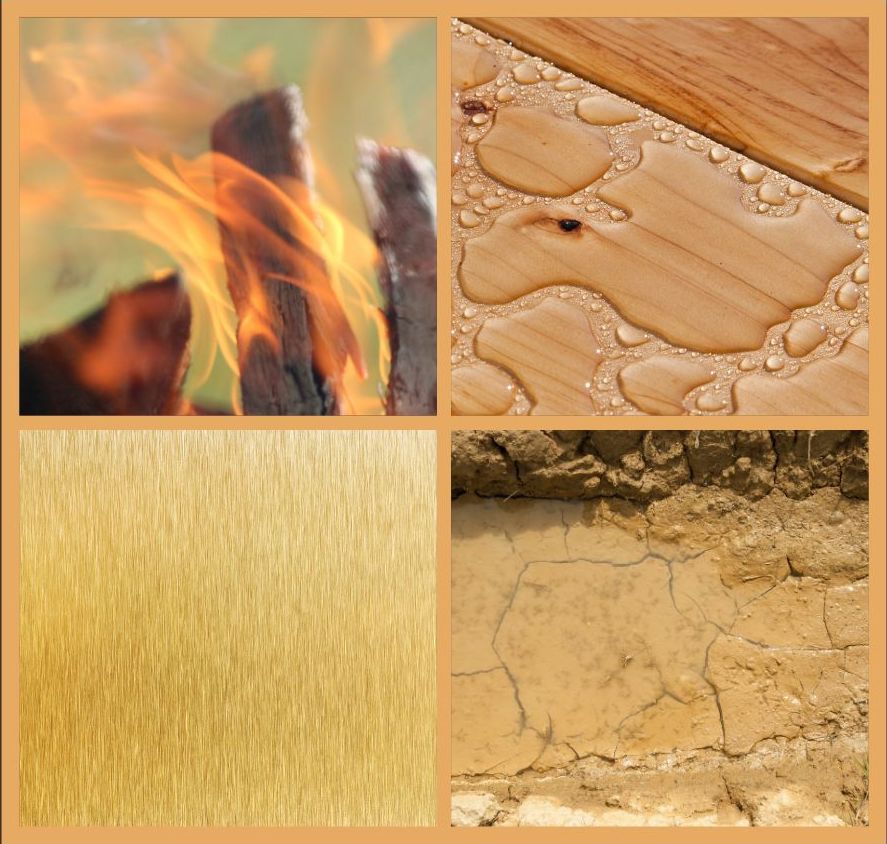
Every man, at birth, is endowed with a hereditary energy heritage, the ancestral Qi, transmitted by his parents and source of all vitality. It is a force that cannot be modified or renewable and, once exhausted, the individual dies: it must therefore be protected. Alongside the original Qi there are also two fundamental energies that can be assimilated by the external environment: respiratory energy, absorbed through the oxygen present in the air and food energy, obtained from the food consumed. These two forms of energy are continuously replenished. For the maintenance of health it is therefore essential to pay attention to the quality of nutrition, the performance of medical gymnastics and the practice of breathing exercises. According to ancient Chinese theories, the universe consists of five primordial elements: Wood, Fire, Earth, Metal, Water. The Theory of Five Movements classifies most natural phenomena into five categories. During the Western Han dynasty (206 BC – 24 AD), the theory of Yin/Yang was integrated with that of the Five Movements, resulting in a single system “Yin Yang Wu Xing Xue”, conceived as a flow of Qi, where each movement corresponds to a phase of the five-cycle of Yin/Yang transformation. The Earth, being the basis of all transformation, is placed at the center. It is associated with the yellow color, allows you to sow, grow, ripen; symbolizes the end of summer and expresses the balance between Yin/Yang polarities. Wood, associated with the color green, symbolizes the vegetation that comes from the earth and awakens in spring, passing from Yin to Yang, from darkness to light. Fire includes everything that burns and rises: associated with red and summer, with its mobility, brightness and warmth expresses the Yang par excellence. Metal, white in color, represents hardness but also the ability to be malleable and know how to transform. The season that characterizes it is autumn, transition from Yang to Yin, from light to dark with the return of the influences of Heaven to Earth. Water corresponds to the maximum of Yin, in the dark, in the cold, in winter, in the color black. The Five Elements (or Movements) should not be understood as passive and static substances, but as dynamic forces engaged in a cyclical transformation. The first way of moving of the five elements is that of “generation”: Wood generates Fire, which with its ashes generates the Earth. From this the Metal is extracted, which liquefies generating the Water, with which the Wood is generated. This continuous cycle ensures generation and transformation in nature. In this cycle two relationships are contemplated, that between the “mother” who generates and the “child” who is generated. The second way of relating the elements is called the cycle of “domination or temperance”, because excessive generation can damage the elements, while mutual control keeps them in balance. Also called “grandfather-grandson” law, it establishes that each movement controls the second that follows it in the generation sequence and is in turn controlled by the second that precedes it, therefore: the Wood controls the Earth which in turn controls the Water that controls the Fire, which controls the Metal that finally controls the Wood. When there is no more coordination between the five elements, two abnormal cycles appear. The first of them is called “inhibition”. The control is done following the same order as the temperance cycle, but excessively. For example, a very strong Wood cannot be tempered by Metal and the Earth that is normally the element dominated by Wood will be injured. The last cycle examined is called “revolt”. Here the domination is counter-current (counterclockwise). For example, the Puffs of Metal naturally dominate the Wood but if the latter is too strong or the former too weak there will be the so-called “revenge” of the Wood on the Metal. To each element is connected a part of the human body: the Wood to the Liver; the Fire to the Heart; the Earth to the Spleen-Pancreas; Metal to the Lungs; Water to the Kidneys. The therapist must always keep in mind the interdependent relationships between organs and functions of the body, emotions, climatic, environmental and seasonal situations. Chinese Medicine thus becomes a metaphorical science aimed at helping us understand that we are part of nature. Each phenomenon corresponds to a season, a cardinal point, an energy of the sky, a natural mutation, a color, a taste, a sound, an organ, a bowel, a sense organ, a part of the body, an emotion, a secretion, an individual structure (see attached table). Psychologically it aims to help the person to recognize his role as part of a universal system and to establish, maintain and foster the integration of all the various aspects of that system. Bibliography:Elementi di Medicina Tradizionale Cinese – F.Bottalo Rosa Brotzu – Edizioni XeniaMedicina Cinese – Ted J. Kaptchuk – Red EdizioniMedicina Tradizionale Cinese – M. Corradin C. Di Stanislao M. Parini Casa Editrice AmbrosianaElements of Traditional Chinese Medicine – J.Schatz, C. Larre, E. Rochat De La Vallèe – Jaca Book BELONGING TO THE 5 MOVEMENTS MovementsPhenomena Wood Fire Earth Metal Water Seasons Spring Summer Late summerPassage Fall Winter Directions East South Center West North EnergyCosmic Wind Heat Umidity Dryness Cold Mutations Birth DevelopmentMaturity TransformationMutation CollectionPutting in reserve ConservationDeath Colors Green/blue Red Yellow White Black Flavors Acid Bitter Sweet Spicy Salty Sounds Xu He Hu Shi Chuei Organs (Zang) Liver Heart/MC Spleen Lung Kidneys Viscers (Fu) VesicleBiliary Small intestineTriple Hearth Stomach bowelLarge Bladder Sense organs Eyes Tounge Mouth Noise ears Body parts Musclessinews Blood vessels Meat Leather/fur BonesMarrow Emotions Wrath Joy ReflectionThinking Sadness Fear Secretions tearful Sweat Salivary Mucus (nasal) Drool Structureindividual DryHarshSegaligno – Italy Active and warm Sweet, balance“Centered” Long-limbedPallidoDynamic SoftPlacid
Chinese Medicine – The Creation of Life: Laws
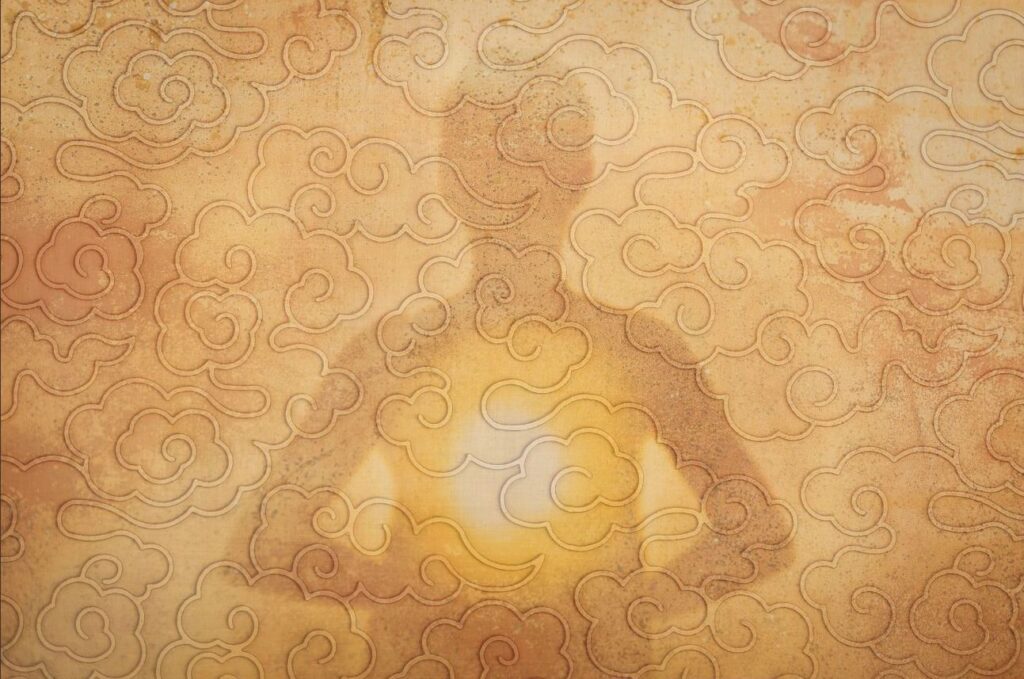
Excerpt from the book: EnneaMediCina EAST Two Essences unite, the spirit appears.(Huang Di Nei Jing Ling Shu) For Chinese culture, the universe is governed by laws that apply to every aspect of creation. The most relevant, also for the purposes of this work, are those of the Yin/Yang, the Five Movements and the Six Energies. 1.Yin /Yang: etymology of signs.Examination of the Chinese characters for Yin/Yang shows that they are both formed by a radical meaning hill, high ground. In the ideogram symbolising Yin there is a character meaning cloud, while in the ideogram meaning Yang there is a character depicting the sun above the horizon, with its rays pointing downwards. The Yin character thus indicates the shady side of a hill, while the Yang character indicates the sunny side. Life originates from the union of an active aspect (the Yang, the Sky) with a passive aspect (the Yin, the Earth).From the union of an ovum with a spermatozoon comes Man, the Three, the neutralising aspect. The number Three thus tells of the establishment of cosmic order between what is above, Heaven (electrical energy), and what is below, Earth (magnetic energy). The central space is the place where man lives, the child of these energies and transducer of electromagnetism; only a balanced movement of electricity (Heaven) and magnetism (Earth) within it will keep him in balance and health. Man is constituted by the correlation between the manifest Yin (body) and the incorporeal Yang (mind, spirit, emotions). He responds to all cosmic laws, by which everything is Breath and all parts connect, in a perfect alternation of Yin/Yang. It is considered Yin everything that : is cold; is quiet; is at rest; is inactive; it is dark; descends; is internal; is reduced; is low, etc. Everything is classified as Yang: is warm; shines; is bright; heats; is active; and movable, etc. The concept of Yin/Yang can be used to understand and explain the nature of all creation: the solidified state of matter is Yin, while the subtle, expanded state is Yang. Thus a solid has a strong Yin characteristic because it is static, heavy, solid, hard and cold, while a vapour is Yang because it is light, tends to rise and can easily transform. The same concept of Yin/Yang makes it possible to interpret the cyclical evolution of phenomena in the Universe. At dawn, Yang starts to increase and reaches its peak at midday, to start decreasing in the afternoon. In the evening, Yin is strong and reaches its peak at midnight. The same goes for the seasons: winter is cold, everything is still and frozen and nature rests. Then, with the arrival of spring, plants flourish again and life resumes its course. It is during the summer heatwave that thunderstorms break out, heralding the new change of season. The temperature gets cooler in autumn and nature prepares for the long cold of winter. Each peak contains the root of change; the Yin peak heralds the beginning of a new Yang cycle and vice versa. All this is graphically depicted by the symbol of the ‘TaiJitu’ Taijitu’the Ultimate Supreme’. Enclosed within each polarity is the seed of the opposite polarity. In the Yang, the black point tells of the embryo’s transformation into the Yin, and vice versa. We also find the same principles within the microcosm Man. It is at the pinnacle of happiness that a tremor of sadness shakes the soul, just as in times of despondency, life impels one to struggle. Yin/Yang, therefore, balance each other; when Yang is at its highest, Yin is at its lowest and vice versa. The seasons, day and night, activity and rest, are examples of the continuous alternation of Yin/Yang. In healthy living organisms there is a continuous dynamic balance of Yin/Yang, while there is an imbalance towards one of the two polarities in the case of disease (more…) Myths and culturesThe new holistic view of man in the Western world, which is now gradually replacing the mechanistic version of Cartesian memory, has the important value of reconnecting what had been divided in recent centuries: mind and body, spirit and matter, psyche and soma, soul and heart. A contrast in reality only apparent, just as the irreconcilability of Yin/Yang in the Tao is apparent. At this point it can be stated that: all cultural models are empirical, as they are based on the careful and refined observation of man and nature with millennia of experience; every philosophy is born in a specific cultural context and uses its language and conventions to be able to communicate what is observed without uncertainty. Only the model used changes as it is specific to the cultural reality in which it was formed; the two models find a more complete fit only when united in a unified and global vision (more…) WEST The nervous systemOn day 18, when the human embryo is about a millimetre and a half long, the embryonic leaflet ectoderm thickens on the dorsal region and forms an invagination, the ‘neural shower’, from which the entire nervous system will form. The nervous system can be divided into interconnected and co-operating structures called the Central and Peripheral Nervous System. The central nervous system (CNS) consists of the spinal cord and the encephalon. The encephalon is organised into several structures, such as the medulla oblongata or bulb, the pons, the midbrain, the diencephalon, the telencephalon and the cerebellum. Also linked to the brain are higher cognitive functions such as intelligence, memory, learning and emotions. The encephalon is anatomically made up of the brain, the brainstem and the cerebellum. The function of the central nervous system is to complement and coordinate sensory perceptions originating both outside and inside the body and to create motor responses that initiate or regulate the functions of specific structures, such as muscles or glands. The peripheral nervous system is divided into two main parts called the somatic nervous system and the autonomic nervous system. The somatic nervous system consists of peripheral nerve
Psychology and EnneaMediCine
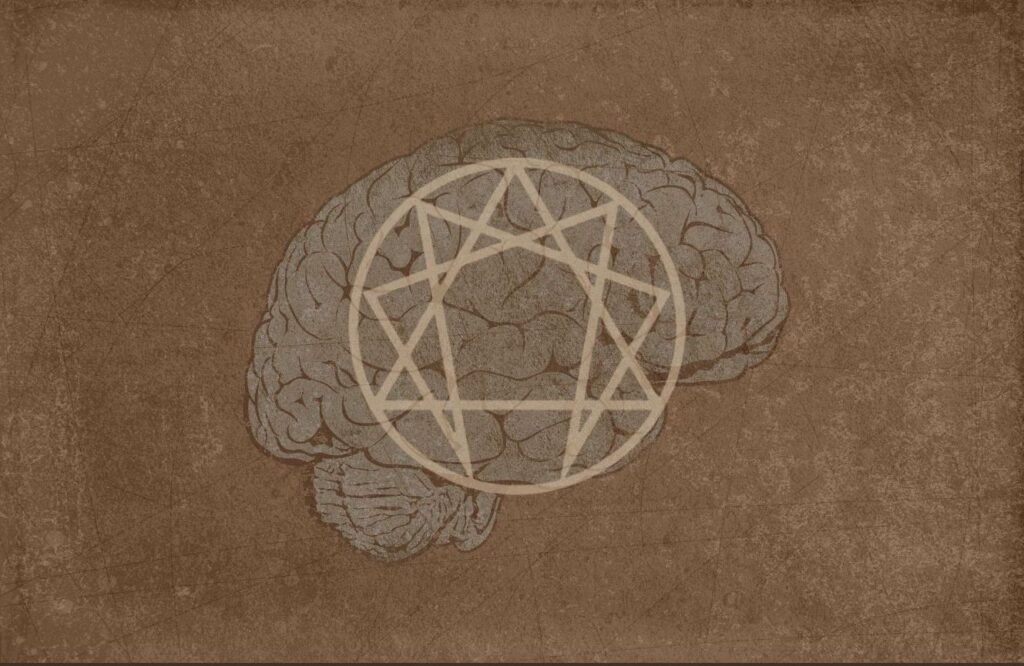
All of this is very much reflected in EnneaMediCina and the ancient symbols behind it, as we shall see…. ChildhoodStarting from childhood, as the structuring nucleus of the human universe, various psychological studies have highlighted how the relationship with the mother and/or other reference figures is decisive in the activation of those temperamental traits that manifest themselves from the first year of life. These traits represent the biological matrix from which, in interaction with the environment, personality traits will develop. The latter are defined as individual characteristics that tend to remain stable over time and underlie observable behaviour. The dispositional perspective holds, in fact, that each person possesses specific characteristics of a biological nature that predispose them to manifest certain behaviours more automatically than others, regardless of the type of situation in which they interact. Traits have a biological basis. The environmental context – physical, family, social and cultural – is, however, no less important than the biological one, being able to modify, even radically, the behavioural characteristics. Allport (1937) stated that “by temperament we mean those phenomena that characterise the emotional nature of an individual and include his susceptibility to emotional stimulation, his habitual efficacy and rapidity of response, and the quality of his mood state; these phenomena are considered to be dependent on constitutional elements and thus originally largely heritable”. “The term temperament,” writes Lisa di Blas, “designates a set of individual characteristics, observable in behaviour, that have a genetic and physiological substratum, largely affect emotionality, manifest themselves within the first year of life and are relatively stable over time. Eysenck states that temperamental traits have a genetic basis, yet we do not inherit the behaviour, but the biological structures that give rise to those behaviours that we manifest more frequently than others. Esistono alcuni intermediari biologici, come ormoni e neurotrasmettitori, che traducono il potenziale genetico in costanti comportamentali (tratti di personalità). In interaction with the environment, the physiological bases we inherit produce both those behaviours that can be detected in the laboratory (e.g. mnestic retention, sensory threshold) and those behaviours that are observed in natural contexts (e.g. sociability, sexuality, aggression). It is hypothesised that the period from 6 to 12 years is decisive in the development of personality traits as a result of the interaction between temperamental traits and environment. The personality traits that Eisenck identifies within his theoretical model are three: Psychoticism, Extroversion and Neuroticism. The first trait is characterised by aggressiveness, egocentricity, impulsiveness, antisociality and lack of empathy. Extroversion includes individual differences in sociability, activity, vitality, assertiveness, sensation seeking and dominance. The last trait – Neuroticism – includes traits such as anxiety, tension, depression, emotionality, shyness, humour, low self-esteem and feelings of shame. Although no unambiguous and convincing conceptualisation of the term personality has yet been proposed, it is also useful to define it as “the result of the reciprocal articulation of the individual’s cognitive, emotional volitional and motivational aspects and their interaction with the environment (Giannelli, 1993). Consequently, a careful evaluation cannot disregard the consideration of cultural, ethical and social aspects as pregnant factors of the personological structure of each individual’. Personality is thus to be understood as the sum of the individual’s temperament traits, emotions and motivations moving through space and time. Affective communication emerges as the first source of stimulation of the child’s behaviour and, later through a process of internalisation, also the basis on which to structure the scaffolding of its internal world. This capacity seems to be profoundly conditioned by the type of emotional response he was able to enjoy during his childhood experience. The child’s intrapsychic world is, in this sense, the result of the dialectical construction process between his or her original emotional, communicative, responsive and temperamental competences and those of his or her attachment figures, which, moreover, depend on their attachment modes, temperamental characteristics and emotional regulation modes. A study by Haft and Slade showed that there is a close link between the mother’s internal operating models of attachment and her mode of affective concordance with her child, outlining precisely how this becomes a facilitating tool in the intergenerational transmission of internal attachment models. The intergenerational transmission of secure attachment modes provides the child with a basis for containing his emotions, generating security in him and creating a more stable basis for the evolution of the mentalisation function, which in turn facilitates his ability to establish secure relationships with others. In the case of a parent with an insecure attachment pattern, he or she would also pass on to the child the defences adopted towards his or her own emotions by pushing the child not to express some of his or her emotions in order to maintain the relationship with the parent. In doing so, the child would safeguard both its own peace of mind and the mental state of the parent (Main,1995). “The child cannot find itself in the other,” Fonagy (1998) states in this regard. Other studies by Grossman and Grossman (1991) highlight how “…mothers of insecure avoidant children, unlike mothers of secure children do not prove capable – in the play situations they study – of coming into contact with their children’s negative emotions, keeping away from them on the occasions when they express them and approaching them only when they communicate positive emotions….” Cassidy and Kobak in 1988 “…analysing the affective communication of insecure avoidant three- and six-year-old children towards their mothers, they show how they consolidate the strategies of masking and falsification of negative affects found as early as 12-18 months …. by communicating only positive emotions to their mother…”. Winnicott (1965) asserted that the mother’s inability to respond adequately to her child’s emotional needs could provoke in the child ‘unimaginable anxieties, such as the feeling of falling apart, of being without orientation, of falling forever, affecting his processes of construction and integration of an original core of the Self’. The ability to recognise one’s own emotions, which the child progressively articulates, without resorting to defensive operations of deformation and restriction
